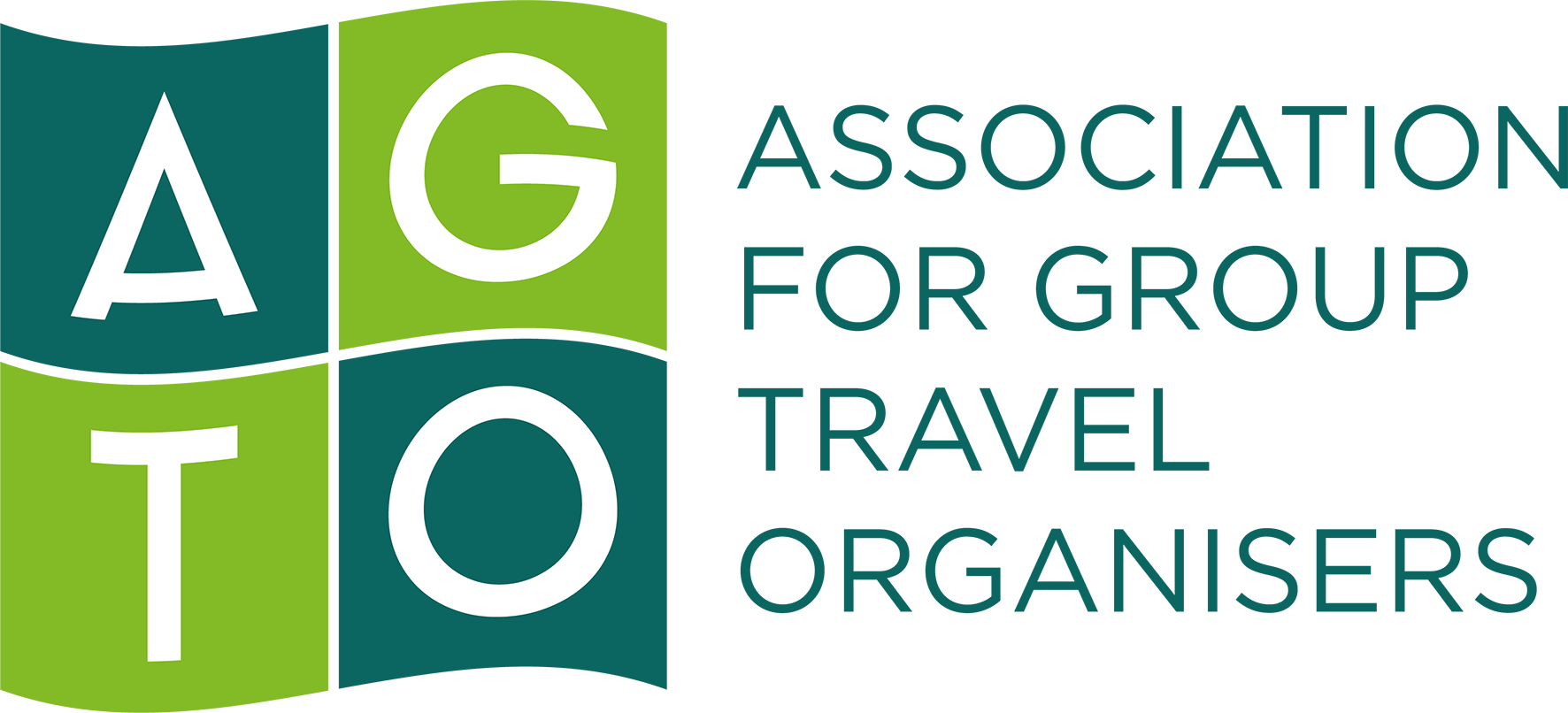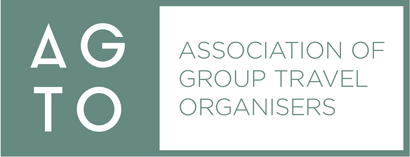Photo: Manuel Harlan By GTO Carlie Newman DOUBLE FEATURE****(Hampstead Theatre, London until 16.3.2024) While the…
Summary of UK Government’s COVID-19 recovery strategy
The Government has published the recovery strategy document : Our plan to rebuild: The UK Government’s COVID-19 recovery strategy. Please note this document refers to ENGLAND ONLY. Please see a short summary for Scotland, Wales and Northern Ireland below.
International travel – in the document on page 29 international travel is referenced. The significant points are highlighted below:
- As the level of infection in the UK reduces, and the Government prepares for social contact to increase, it will be important to manage the risk of transmissions being reintroduced from abroad.
- Therefore, in order to keep overall levels of infection down and in line with many other countries, the Government will introduce a series of measures and restrictions at the UK border. This will contribute to keeping the overall number of transmissions in the UK as low as possible.
- First, alongside increased information about the UK’s social distancing regime at the border, the Government will require all international arrivals to supply their contact and accommodation information. They will also be strongly advised to download and use the NHS contact tracing app.
- Second, the Government will require all international arrivals not on a short list of exemptions to self-isolate in their accommodation for fourteen days on arrival into the UK. Where international travellers are unable to demonstrate where they would self-isolate, they will be required to do so in accommodation arranged by the Government.
- The Government is working closely with the devolved administrations to coordinate implementation across the UK. Small exemptions to these measures will be in place to provide for continued security of supply into the UK and so as not to impede work supporting national security or critical infrastructure and to meet the UK’s international obligations.
- All journeys within the Common Travel Area will also be exempt from these measures. These international travel measures will not come into force on 13 May but will be introduced as soon as possible. Further details, and guidance, will be set out shortly, and the measures and list of exemptions will be kept under regular review.
An outline of the key points in the timeline include:
As part of this plan the UK Government has a carefully planned timetable for lifting restrictions, with indicative dates that should help people to plan. This timetable depends on successfully controlling the spread of the virus; if the evidence shows sufficient progress is not being made in controlling the virus then the lifting of restrictions may have to be delayed. They cannot predict with absolute certainty what the impact of lifting restrictions will be. If, after lifting restrictions, the Government sees a sudden and concerning rise in the infection rate then it may have to re-impose some restrictions. It will seek to do so in as limited and targeted a way as possible, including reacting by re-imposing restrictions in specific geographic areas or in limited sectors where it is proportionate to do so. Please note:
Step One – 13 May
- Work – For the foreseeable future, workers should continue to work from home rather than their normal physical workplace, wherever possible. All workers who cannot work from home should travel to work if their workplace is open. Anyone who has symptoms, however mild, or is in a household where someone has symptoms, should not leave their house to go to work.
- Schools – The rate of infection remains too high to allow the reopening of schools for all pupils yet.
- Travel – Everybody (including critical workers) should continue to avoid public transport wherever possible. People should travel by bike, car or on foot where possible. Social distancing guidance on public transport must be followed rigorously.
- Face Coverings –As more people return to work, there will be more movement outside people’s immediate household. This increased mobility means the Government is now advising that people should aim to wear a face-covering in enclosed spaces where social distancing is not always possible and they come into contact with others that they do not normally meet, for example on public transport or in some shops. Homemade cloth face-coverings can help reduce the risk of transmission in some circumstances. Face-coverings are not intended to help the wearer, but to protect against inadvertent transmission of the disease to others if you have it asymptomatically.
- Outdoor Exercise – SAGE advise that the risk of infection outside is significantly lower than inside, so the Government is updating the rules so that, as well as exercise, people can now also spend time outdoors subject to:
- not meeting up with any more than one person from outside your household;
- continued compliance with social distancing guidelines to remain two metres (6ft) away from people outside your household
- good hand hygiene, particularly with respect to shared surfaces; and those responsible for public places being able to put appropriate measures in place to follow the new COVID-19 Secure guidance.
- Vulnerable People – It remains the case that some people are more clinically vulnerable to COVID-19 than others. These include those aged over 70, those with specific chronic pre-existing conditions and pregnant women. These clinically vulnerable people should continue to take particular care to minimise contact with others outside their households, but do not need to be shielded. Those in the clinically extremely vulnerable group are strongly advised to stay at home at all times and avoid any face-to-face contact; this is called ‘shielding’.
Step Two – No Earlier than 1 June
- Schools – Schools should prepare to begin to open for more children from 1 June. The Government expects children to be able to return to early years settings, and for Reception, Year 1 and Year 6 to be back in school in smaller sizes, from this point. This aims to ensure that the youngest children, and those preparing for the transition to secondary school, have maximum time with their teachers.
- Secondary schools and further education colleges should also prepare to begin some face to face contact with Year 10 and 12 pupils who have key exams next year, in support of their continued remote, home learning. The Government’s ambition is for all primary school children to return to school before the summer for a month if feasible, though this will be kept under review.
- The Department of Education will engage closely with schools and early years providers to develop further detail and guidance on how schools should facilitate this.
- Retail – when and where it is safe to do so, and subject to those retailers being able to follow the new COVID-19 Secure guidelines. The intention is for this to happen in phases from 1 June; the Government will issue further guidance shortly on the approach that will be taken to phasing, including which businesses will be covered in each phase and the timeframes involved.
- All other sectors that are currently closed, including hospitality and personal care, are not able to re-open at this point because the risk of transmission in these environments is higher. The opening of such sectors is likely to take place in phases during step three.
- Sport & Cultural Events – cultural and sporting events to take place behind closed-doors for broadcast, while avoiding the risk of large-scale social contact.
- Public Transport – re-opening more local public transport in urban areas, subject to strict measures to limit as far as possible the risk of infection in these normally crowded spaces.
- Family Contact – As restrictions continue, the Government is considering a range of options to reduce the most harmful social effects to make the measures more sustainable. For example, the Government has asked SAGE to examine whether, when and how it can safely change the regulations to allow people to expand their household group to include one other household in the same exclusive group.
- The intention of this change would be to allow those who are isolated some more social contact, and to reduce the most harmful effects of the current social restrictions, while continuing to limit the risk of chains of transmission. It would also support some families to return to work by, for example, allowing two households to share childcare.
Step Three – No Earlier than 4 July
- Remaining Businesses and Premises – The ambition at this step is to open at least some of the remaining businesses and premises that have been required to close, including personal care (such as hairdressers and beauty salons) hospitality (such as food service providers, pubs and accommodation), public places (such as places of worship) and leisure facilities (like cinemas).
- They should also meet the COVID-19 Secure guidelines. Some venues which are, by design, crowded and where it may prove difficult to enact distancing may still not be able to re-open safely at this point, or may be able to open safely only in part.
Scotland:
As shared in yesterday’s update, the First Minister Nicola Sturgeon gave a press conference before the Prime Minister’s message, the key points in her statement included:
- “the rate of transmission of the virus in Scotland – the R number you are used to hearing about – is still too high for any significant change to be safe at this stage.”
- Sturgeon announced that the once-a-day limit will be removed which currently restricts exercise, but insisted that the advice remained to ‘stay at home’.
- this new advice does not apply if you or someone in your household has symptoms of the virus, or if you received a letter explaining that you are in the shielded group
- All other lockdown restrictions remain in place.
- When you are exercising, you must stay relatively close to your own home and at all times at least two metres away from people from other households. Loosening of restrictions does not extend to outdoor leisure activities such as sunbathing, picnics or barbecues.
- The Scottish Government will also consider over the coming days whether garden centres can re-open; and we will think about whether some additional forms of outdoor work – particularly where people work on their own or at a distance – can safely resume.
Wales:
The First Minister of Wales set out the following instructions in response to announcements from the UK Government on 10 May
- Wherever you can you should stay at home.
- If you need to leave home for work, exercise or shopping, you should stay local and stay alert.
- Coronavirus has not gone away
- The way we behave over the weeks ahead will continue to have a profound impact on our NHS and our ability to save lives.
- If you go out, stay local and stay safe.
On 8 May the first Minister announced that they had reviewed SAGE advice and concluded it was too early for a significant lifting of requirements and restrictions, and that the lockdown in Wales would continue and be reviewed in three weeks’ time. Some small adjustments were made (coming into effect 11/5/20)
- Allowing people to exercise more than once a day, but people should stay local. Enabling local authorities to begin the process of planning how to safely reopen libraries and municipal recycling centres.
- Allowing garden centres to open provided they comply with the physical distancing duty.
- The Welsh Government are working to their framework for recovery this framework that was announce on 24 April is based on 3 pillars
Northern Ireland
- The Northern Ireland Executive confirmed there would be no dramatic ending of lockdown and that Northern Ireland would be diverging from the UK Government guidance based on the local situations. The current advice is to stay at home, respect the 2m distance when in public and wash hands regularly. You must also continue to avoid contact with vulnerable people. A five stage recovery plan is expected to be presented to the assembly on Tuesday for debate.
Other Government updates
- A revised version of the Coronavirus Job Retention Scheme guidance has been published it is clearer and includes recent additions to the process.
- New guidance for employers to help them get their businesses back up and running and workplaces operating safely. There are 8 workplace guidance documents available for construction and other outdoor work, factories plants and warehouses, homes, labs and research facilities, office and contact centres, restaurants offering takeaway or delivery, shops and branches and vehicles.
- New stay alert and safe social distancing guidance has been published
- The Frequently asked questions on what you can and can’t do during the coronavirus outbreak have been updated to reflect the new guidance. This is comes into effect on Wednesday 13 May
- New guidance on staying safe outside your home has been published
- More than 30,000 British travellers have now returned to the UK on 142 special Government charter flights from 27 different countries and territories since the outbreak of coronavirus.
- The public is advised to consider wearing face coverings in enclosed public spaces such as shops, trains and buses to help reduce the spread of coronavirus.
Situation update 11 May 2020
- To see the number of cases of COVID-19 in England and the UK visit the UK COVID-19 dashboard – https://coronavirus.data.gov.uk/
To see the number of cases globally see the World Health Organisation dashboard – https://covid19.who.int/



